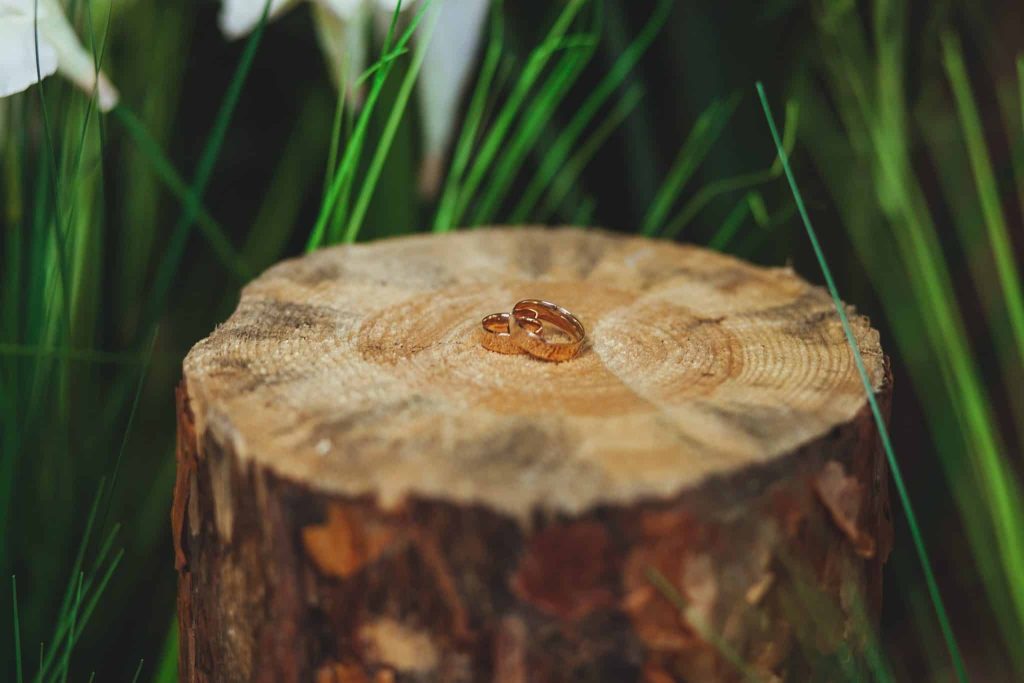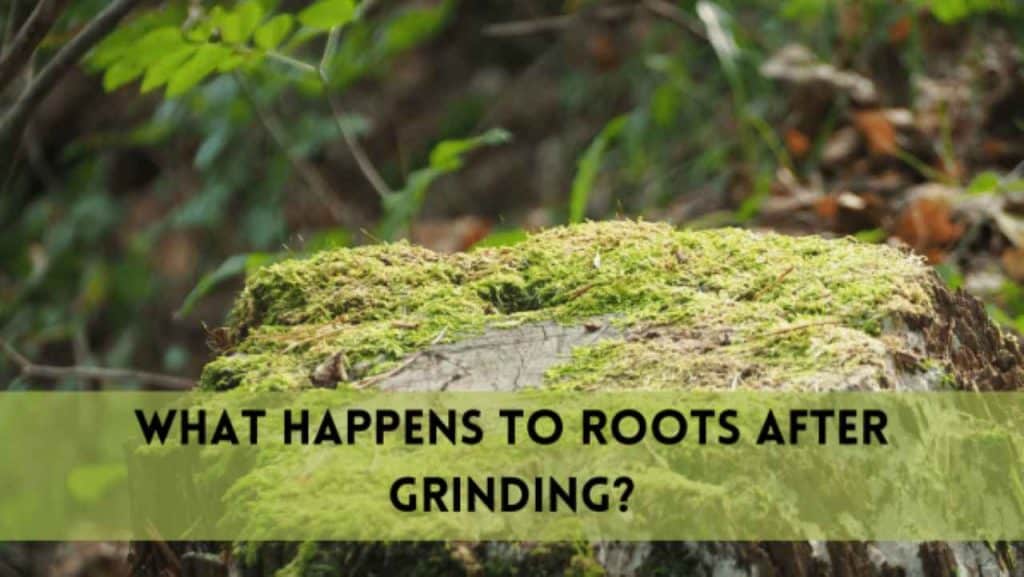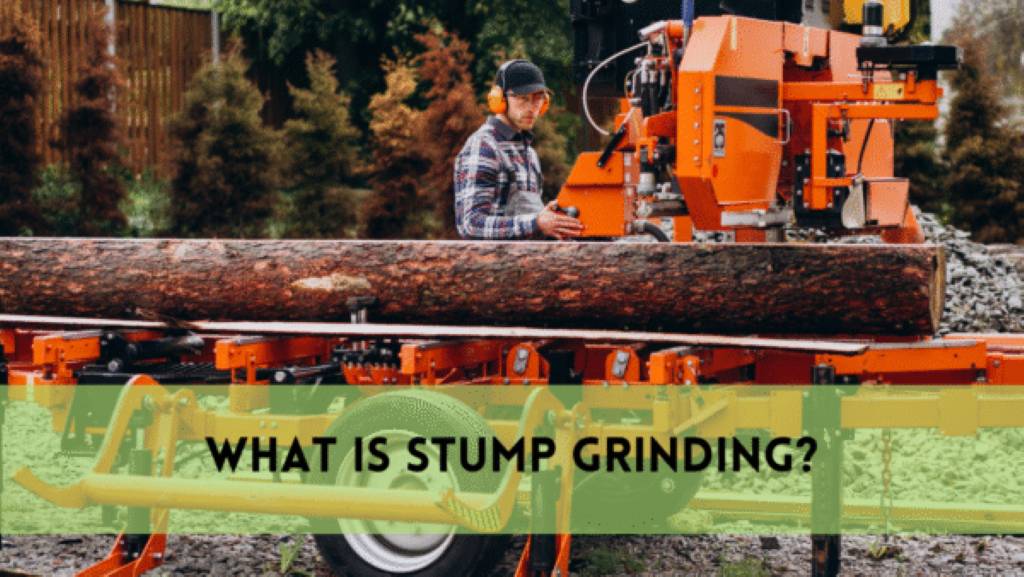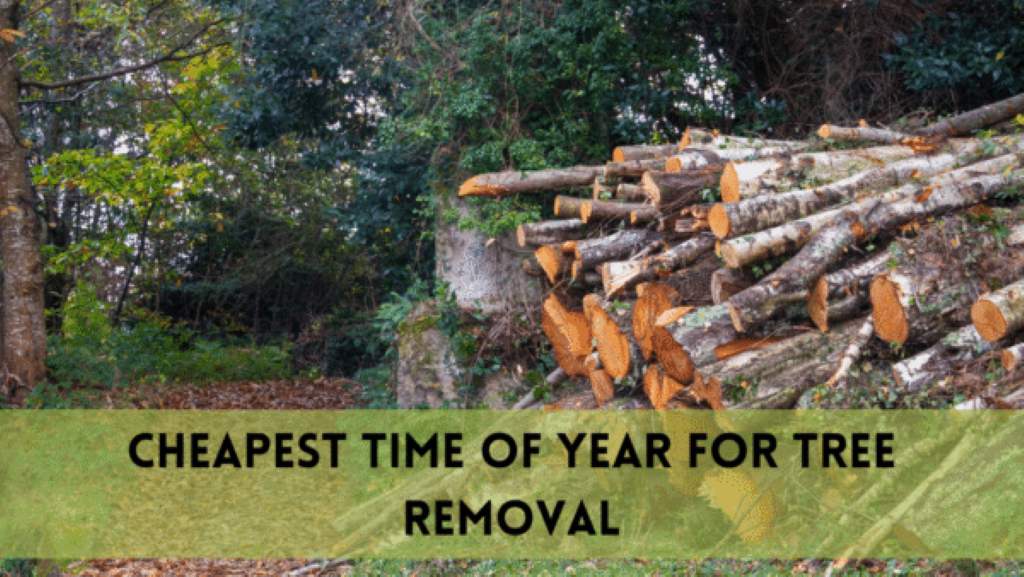Stump grinding is a common way to remove ugly tree stumps from your property. But have you ever thought about what happens to roots after stump grinding when it is ground down? Let’s investigate the fascinating world under the surface and discover the real story of what transpires with roots after stump grinding.
How to Perform Stump Grinding and Check the Effects on Roots
Stump Grinding is the process of reducing a large stump to tiny wood chips. Strong machinery must be used for this technique. With the help of this method, the visible portion of the tree is successfully removed, leaving a flat area in its place. However, one must always remember that a tree’s roots are far more extensive than what is initially seen.
What Happens to Tree Roots After Stump Grinding
The complicated web of roots under the surface will not be affected, not even if the stump is entirely removed. Trees may be seen with their roots spreading forth in search of water, nutrients, and a firm base. Even after the stump has been crushed down, these roots still perform vital tasks because they merge into the soil.
The Decomposition of Roots after Stump Grinding
After the stump has been removed, the leftover roots will begin their own individual process of natural decomposition. In the process of decomposing the organic matter, the microorganisms in the soil convert it into nutrients that are useful to the plant. As a result of this breakdown, the development of the surrounding soil, as well as the plant that is next to it, is improved.
Revival from Ancient Roots
The natural world often surprises us. Dormant buds on the residual roots may produce new shoots following stump grinding. These shoots have the ability to produce new growth, demonstrating the resiliency and persistence of the natural world. It’s similar to seeing a resurrection from the ashes of the past.
Rethinking the Terrain
The roots lose structural integrity as they deteriorate. The landscape may alter as a result of this, with the earth gradually lowering above the rotting roots. The geography of the region where the tree originally stood may change due to erosion. Though it happens gradually, this process illustrates how dynamic ecosystems are.
Environmental Impact on Roots
The environment below the surface may be negatively impacted by a chain reaction by taking down a tree and its trunk. Even after being ground, the roots contribute to the construction of the soil and the retention of water. Their disappearance may have an impact on the soil-dwelling microbes, which would upset the delicate balance of the subterranean ecology. Regarding the timing, though, what are your thoughts? How much time does it take for the roots to entirely break down?
Root Decomposition Timeline after Stump Grinding
There are a number of factors that influence the rate at which roots disintegrate, including climate, the type of soil, and the kind of tree. Typically, the process might take anything from a few months to a few years. Assisting in the determination of the rate of decomposition may be done by conducting frequent assessments of the location.
Care of Roots After Stump Grinding

Roots after stump grinding decompose over time. To speed up the process and ensure that future crops will be grown under perfect circumstances, you should think about adding organic matter to the soil. In addition to accelerating the activity of microorganisms, this has the additional benefit of making your garden healthier.
Typical Issues with Roots After Stump Grinding
Removal of Residual Roots
In some cases, residual roots after stump grinding may pose challenges. These roots can sprout new growth or become a hindrance to landscaping projects. To address this, additional measures such as root removal or applying root inhibitors may be necessary, ensuring a clean slate for your property.
Things to Consider for Landscaping
It’s important to know what happens to roots after stump grinding when organizing your landscaping projects. Even if they are concealed, the residual roots can affect the composition and structure of the soil. It might be helpful to take these things into account while renovating or replanting your outside area.
Resolving Issues with Roots After Stump Grinding
1. Possibility of Recovery
A number of people are worried that the trees could grow back from the roots after stump grinding. In spite of the fact that this is a valid concern, it is possible to prevent it from occurring by doing frequent inspections of the tree and removing any sprouts without delay.
2. Effect on Neighboring Plant Life
Plants in nearby areas might be impacted by the deterioration process. On the other hand, the advantages of enhanced soil fertility and better aeration often outweigh any potential disadvantages for the soil.
Selecting Grinding Stump
Because of its efficiency and efficacy in getting rid of visible tree remains, stump grinding is a popular option. It gives you a blank canvas on which to reclaim your outside area via landscaping.
Conclusion
The roots continue in the complex dance of nature even after a tree’s visible portion is ground down during stump grinding. They go through a decomposing process that replenishes the soil and fosters the growth of new life. The scenery changes, demonstrating the natural world’s resiliency and flexibility.
Thus, keep in mind that the narrative doesn’t finish there the next time you decide to grind down a stump. Beneath the surface, a silent ballet of roots continues, sculpting the terrain and adding to the environment’s always-changing fabric. Accept the unfolding cycle of development, destruction, and rebirth and be amazed by the hidden treasures beneath your feet.
FAQs
What is the fate of the roots after stump grinding?
Stump grinding gets rid of the tree’s visible portion, but the roots stay in place. They break down naturally, adding nutrients to the soil and maybe causing new growth to appear.
Will grinding down a stump completely stop roots from growing back?
Grinding down stumps drastically lowers the likelihood of regeneration, yet latent buds on surviving roots can still spurt new growth. This can be addressed with further steps like inhibitors or root removal.
How to remove roots after stump grinding, how long does it take for the roots to break down?
Speed up root removal after stump grinding by digging them out, applying a root decay accelerator, or using a stump killer for faster decomposition. The breakdown process might take several months to many years, depending on the circumstances. The timing is influenced by variables like soil type, climate, and tree species.
Can problems with landscaping projects arise from the leftover roots?
Relic roots have the potential to cause new growth or obstruct landscape designs. After stump grinding, it’s critical to evaluate the area and, if necessary, take action, such as removing roots, to prevent future problems.
What effects does stump grinding have on the subterranean ecology from an ecological standpoint?
By changing the dynamics of microorganisms and the structure of the soil, stump grinding can have an impact on the subsurface ecology. It is essential to comprehend these effects in order to preserve a balanced ecosystem.




